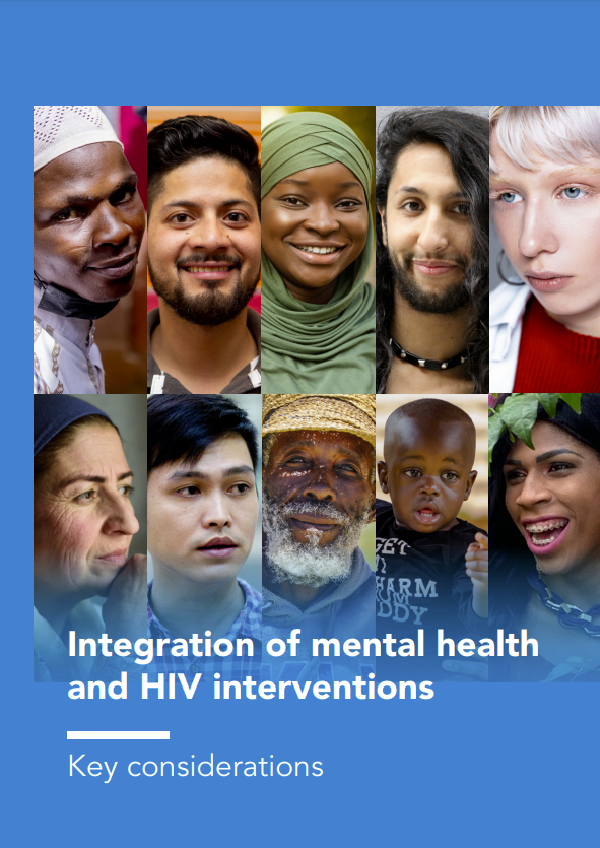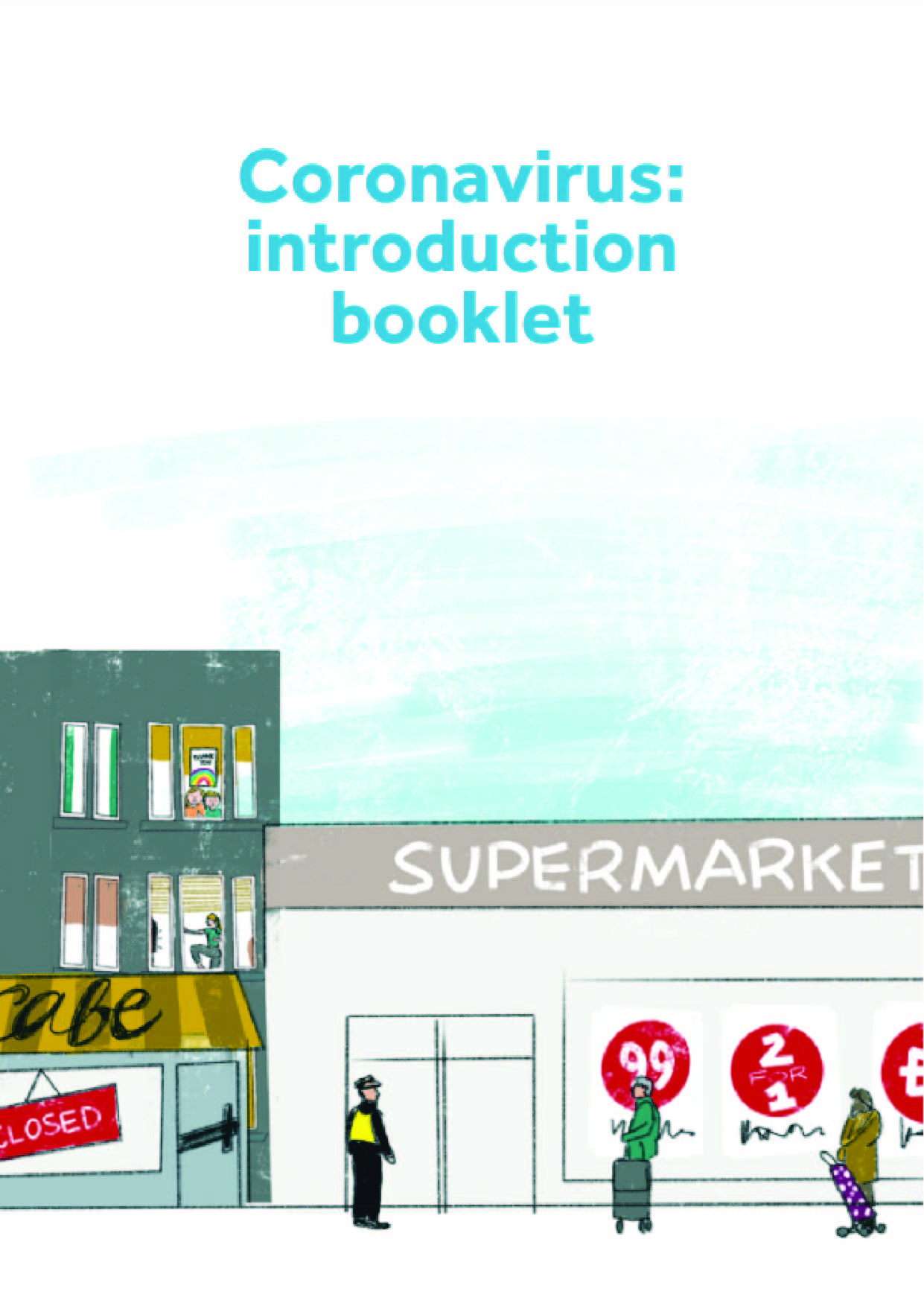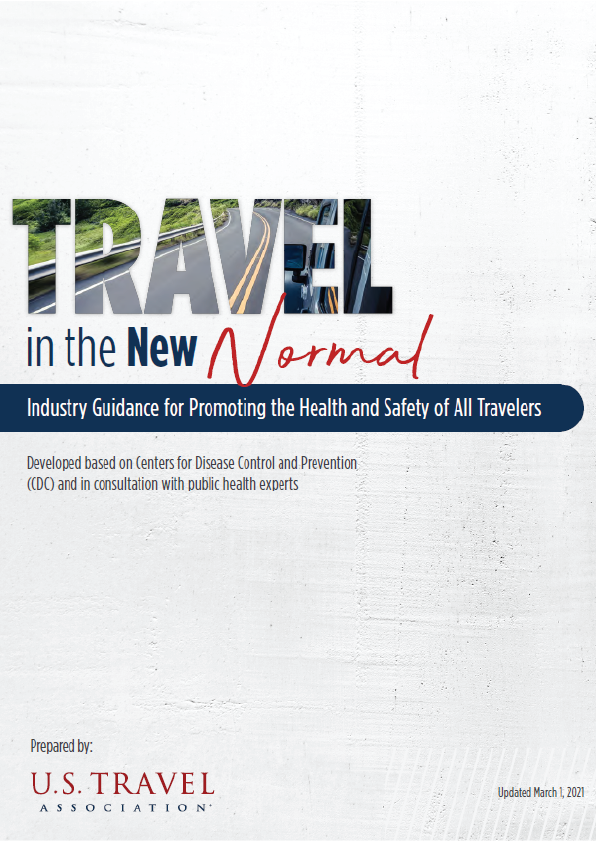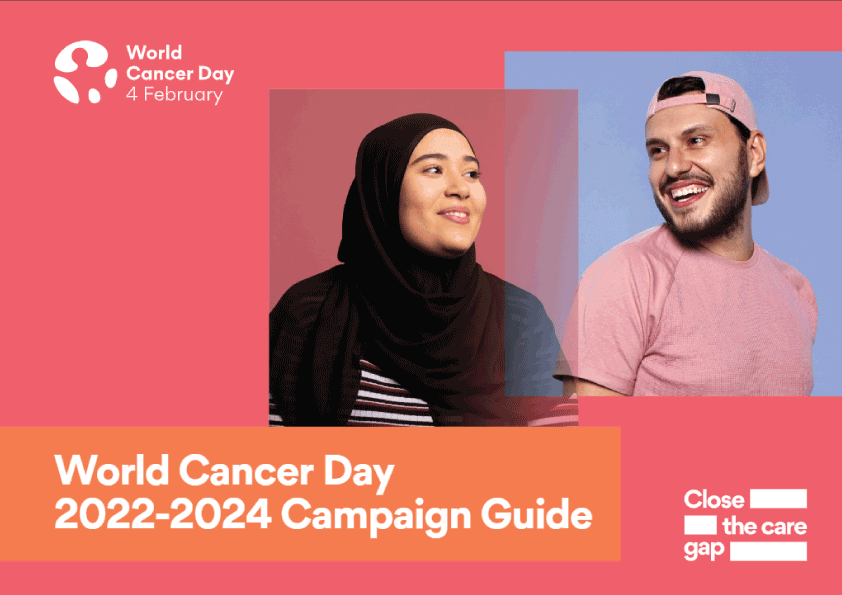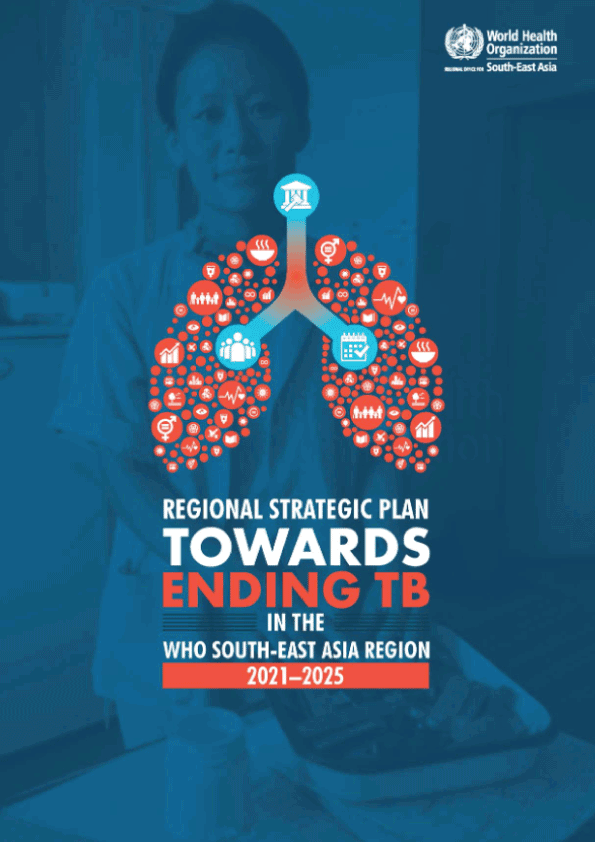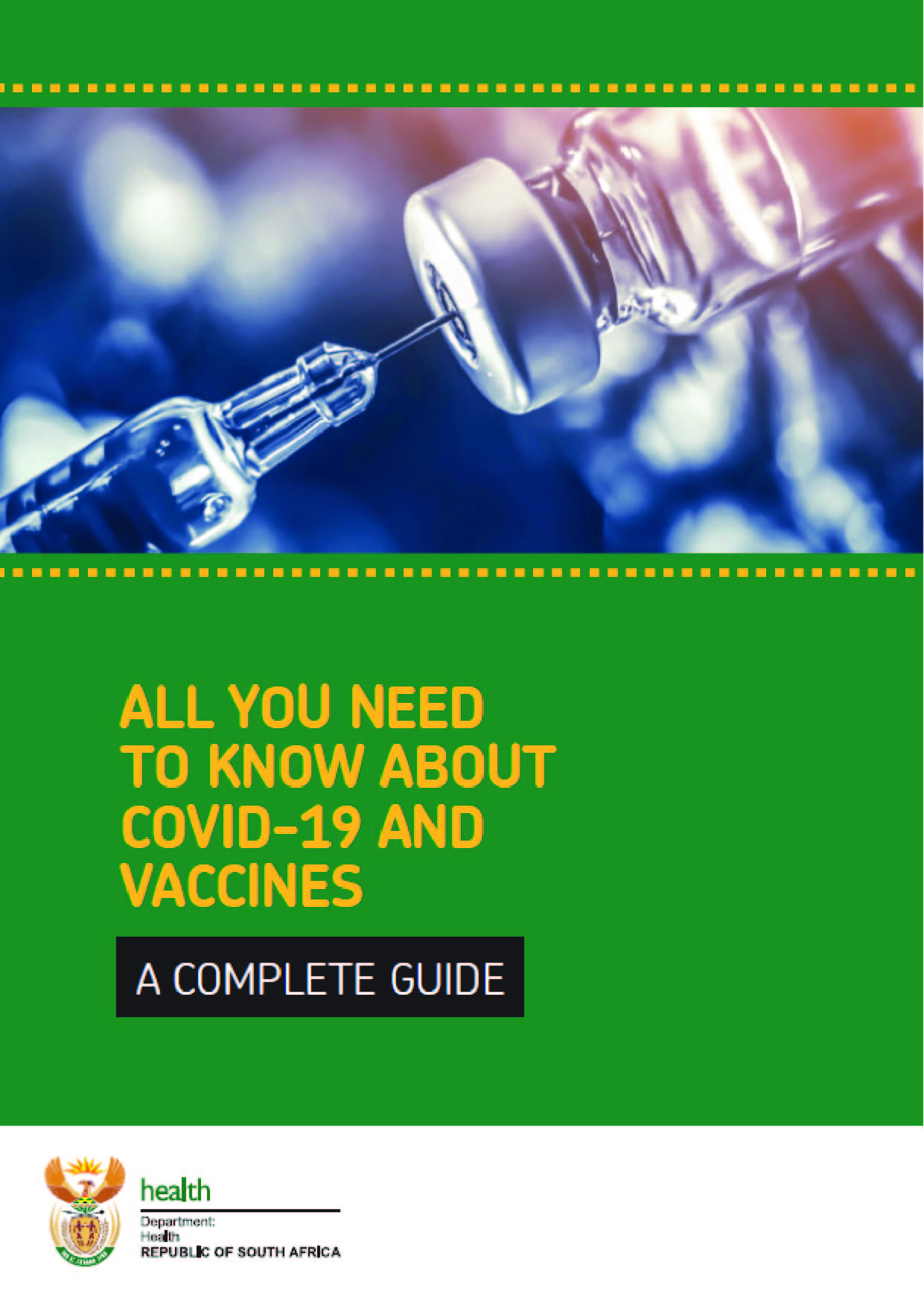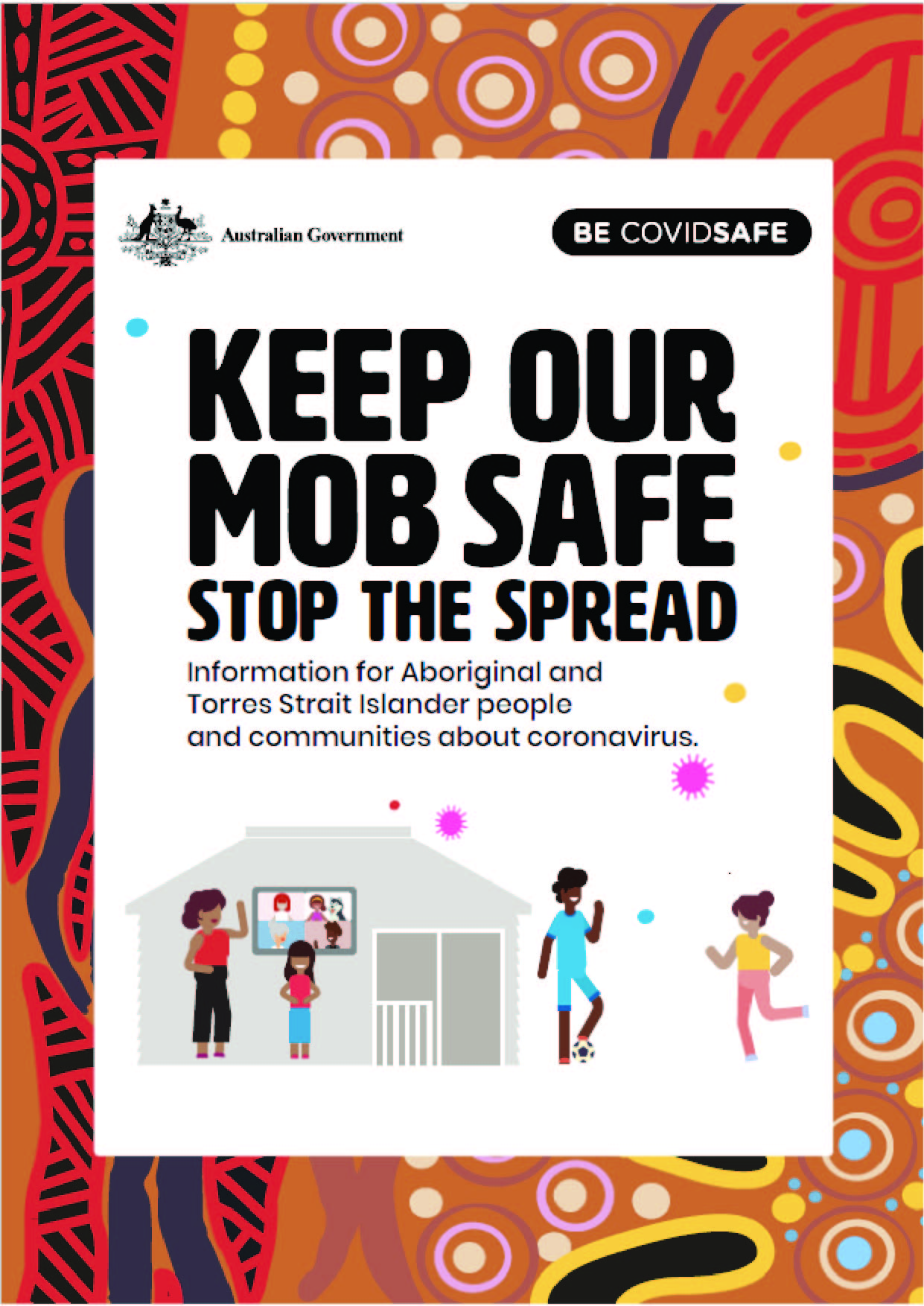Integration of mental health and HIV interventions
People living with HIV are at high risk of the mental, nervous system and substance use disorders and mental health disorders can affect general health, adherence to ARV drugs, and retention in care. Although chronic HIV care settings provide an opportunity to support and integrate the management of mental health disorders among people living with HIV, this is often overlooked by health systems. Despite effective prevention and treatments for common mental health conditions, including depression and anxiety, and substance use conditions in people living with HIV which can be implemented in low- and middle-income countries, treatment, and care for these conditions are often not integrated into packages of essential services and care.
This joint publication by UNAIDS and WHO emphasizes the importance of integrating HIV prevention, testing, treatment and care, and mental health services for people living with HIV. It provides a compilation of tools, best practices, recommendations, and guidelines that facilitate the integration of interventions and services to address the interlinked issues of mental health and HIV. This publication is intended for global, regional, and national policy-makers; program implementers including at sub-national levels; organizations working in and providers of HIV and mental health services; civil society; and community-based and community-led organizations and advocates.
Introduction
As efforts to end the AIDS epidemic intensify, communities of people living with, at risk of, or affected by HIV, clinicians, researchers and advocates are increasingly calling for attention to support mental health and well-being in the context of HIV prevention, treatment, and care (10, 11). This requires a holistic approach to person-centered HIV services that ensures HIV prevention, treatment and care address the needs of people with mental, neurological, or substance use conditions in all their diversity.
Such services should also meet the needs of people experiencing mild to moderate distress and people living with HIV seeking to maintain their well-being and improve their quality of life.
Context-specific integrated interventions are a priority for delivering quality services and care to people living with, at risk of, or affected by HIV, people with mental, neurological, or substance use conditions, key populations, and other vulnerable groups.
The mobilization for integration builds on more than 20 years of research showing that mental health conditions are common among people living with, at risk of, or affected by HIV, often at higher rates than in the general population (12–23).
According to a review of the literature, the prevalence of depression across surveys of people living with HIV in sub-Saharan Africa is estimated at 24%, compared with less than 3% for the general population (18, 23). A study in the United States of America found a prevalence of 48% (between-site range of 21–71%) for substance use disorders among people living with HIV linked to treatment and care (22). Adolescents living with HIV generally have a higher prevalence of mental health conditions (e.g. depression and anxiety) compared with their HIV-negative peers (24).
People living with HIV are significantly more likely to have suicidal thoughts and to die by suicide compared with the general population (25–27). A systemic review and meta-analysis found that people living with HIV have a 100-fold higher suicide death rate compared with the general population rate (27). Key populations are often affected by stigma and discrimination and social marginalization, which, along with vulnerability to HIV and rights violations, lead to elevated rates of emotional distress and mental health conditions (28–30).
Studies and surveys have shown that lesbian, gay, bisexual, transgender, and intersex (LGBTI) adolescents and young people experience high rates of mental health conditions and are at a disproportionately higher risk of suicide than other adolescents and young people (31, 32).
As the access to life-saving HIV treatment increases, the proportion of people living with HIV who are aged 50 years and over has increased, from 8% in 2000 to 16% in 2016 and 21% in 2020 (33, 34). Aging and older people living with HIV are more likely to experience mental health conditions (e.g. due to social isolation) and a decline in neurocognitive performance, and they are at higher risk of developing non-communicable diseases, including depression. An estimated 13% of adults living with HIV experience major depression (35).
Mental health conditions increase the risk of HIV infection, and people living with HIV have an increased risk of mental health conditions (36). Mental health conditions are associated with lower adherence to HIV treatment, increased risk behaviors, and lower engagement with HIV prevention (37, 38).
Although an increasing body of evidence shows that effective treatments for common mental health conditions, including depression and anxiety, and substance use conditions in people living with HIV exist and can be implemented in low- and middle-income countries, treatment and care for mental, neurological, and substance use conditions are often not integrated into packages of essential services and care (36, 39), including for HIV. Harm reduction services for people who use drugs also lack adequate reach and integration (40).
Integration of mental health and psychosocial support with HIV services and interventions, including those led by communities, is one of the key priority actions in the Global AIDS Strategy 2021–2026 (3). This highlights the need for person-centered and context-specific integration of services for HIV, mental health, psychosocial support, and other services across the life course, with a focus on people living with HIV and key populations. This should be fully considered across governments’ and partners’ health, social and economic strategies, recovery plans and budgets, and community support activities.
The global HIV targets for 2025 in the Global AIDS Strategy 2021–2026 (3) and the United Nations Political Declaration on HIV and AIDS (4) include specific targets for the integration of HIV and mental health (41). The Global AIDS Strategy calls for 90% of people living with HIV and people at risk (e.g. gay men and other men who have sex with men, sex workers, transgender people, and people who inject drugs) to be linked to people-centered and context-specific integrated services for other communicable diseases, non-communicable diseases, sexual and gender-based violence, mental health and other services they need for their overall health and well-being, by 2025.
The COVID-19 pandemic continues to have a serious impact globally on physical and mental health, including elevated distress, anxiety, depression, insomnia, and increased levels of alcohol and drug use, and countries have reported disruptions to mental health, substance use, and HIV services (42–46).
Inequalities between and within countries, violence, stigma, and discrimination create further barriers to ending the COVID-19 and AIDS pandemics and improving mental health (37). The 2021 World Health Assembly called for strengthened integration of mental health in public health emergency preparedness and responses. The World Health Assembly also urged the Member States to develop and strengthen comprehensive mental health services and psychosocial support as part of universal health coverage (47).
The AIDS pandemic cannot end without addressing the mental health of people living with, at risk of, or affected by HIV through integrated approaches and ensuring universal health coverage. It also pays off: every US$ 1 invested in treatment for depression and anxiety leads to a return of US$ 4 through better health outcomes (48). Investing in mental health and psychosocial support, and ensuring the integration of mental health and HIV interventions, are critical for achieving universal health coverage, ensuring health equity, and ending the AIDS epidemic.
